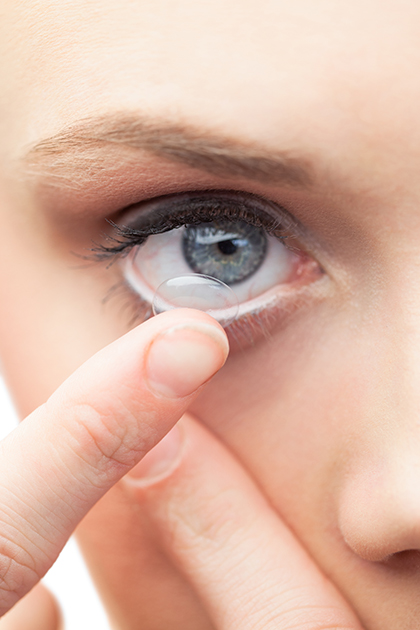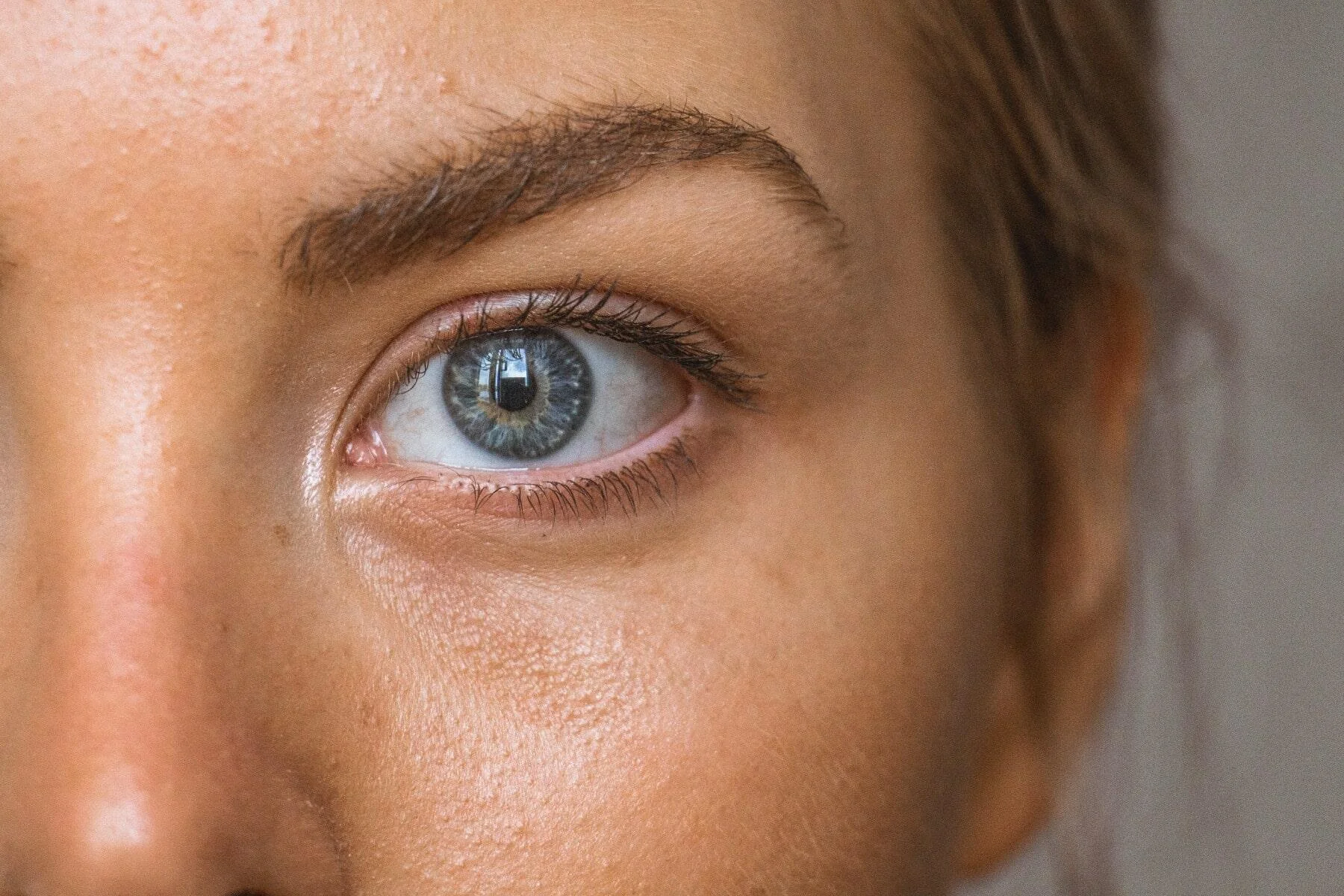

Contact lenses are both a functional and aesthetic alternative for individuals who prefer not to wear glasses. These special lenses, placed directly on the surface of the eye, correct refractive errors and provide clear vision. They are a comfortable option for active individuals, athletes, or those with cosmetic preferences. Thanks to advancing technology, there are now various lens options tailored to different eye structures and needs.
Used for correcting refractive errors such as myopia, hyperopia, astigmatism, and presbyopia.
Suitable for individuals who do not want to wear eyeglasses.
Available in daily, monthly, and yearly wear options.
Both rigid and soft lens alternatives are available.
Colored cosmetic lenses are preferred for aesthetic changes.
Special lenses can be used therapeutically in conditions such as keratoconus.
Lens use requires regular eye exams and strict hygiene practices.
Flexible Use: Offers lens options suitable for various lifestyles.
Personalized: Treatment is planned individually based on eye structure and visual needs.
Contact lens application is a painless procedure and does not require anesthesia. The adaptation period may take a few days for some patients.
A detailed eye examination is performed before starting contact lens use. The corneal curvature, tear film quality, and prescription are evaluated to determine the most suitable lens type.
The patient is instructed on how to insert, remove, and clean the lenses. Appropriate lens solutions are recommended for daily care.
For beginners, trial lenses are used to test short-term wear. If dryness, discomfort, or compatibility issues occur, the lens type is adjusted accordingly.
In special cases such as keratoconus, high astigmatism, or corneal scarring, rigid gas-permeable (RGP) or hybrid lenses are used to improve visual quality.
